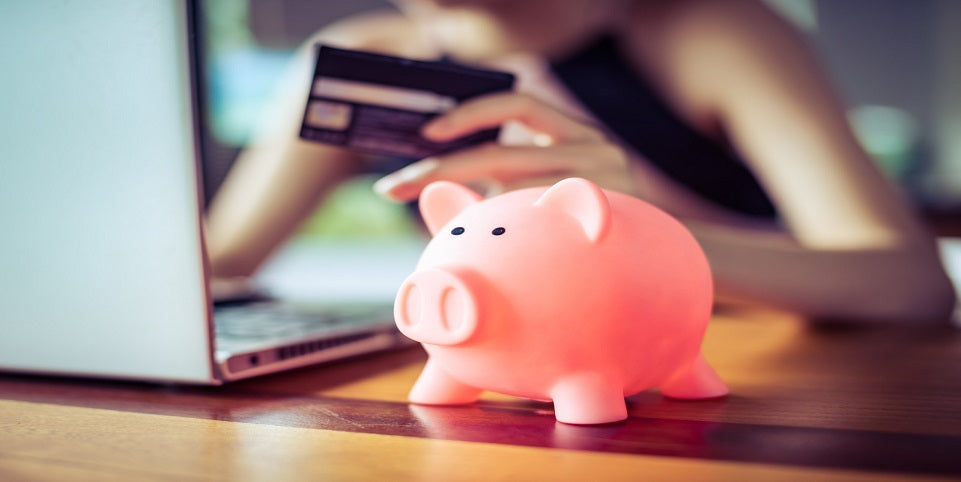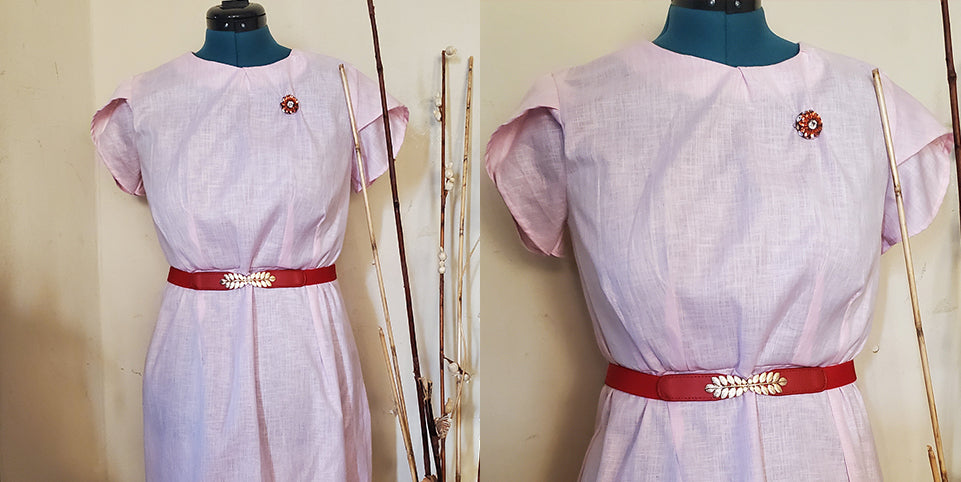Introduction
Jacquard is an elegant fabric that displays detailed patterns woven into the fabric itself. Since the 4th century, jacquard fabric has been a symbol of luxury and style. There are many types of jacquard fabric, and each one can be made from different materials. In this blog article, you will learn about jacquard and what the advantages are to using the fabric. Sit back, relax, and let’s talk about jacquard fabric.
What is Jacquard Fabric?
What set’s jacquard fabric apart from other textiles is its elegant, double-sided pattern that is achieved by the fabric being woven on a Jacquard loom, or in a similar style by hand. Rather than being printed, embroidered, or stamped, jacquard’s intricate pattern is woven into the fabric itself as it is being manufactured. Jacquard fabric commonly features a repeating motif consisting of floral, damask, check, or striped patterns. Additionally, jacquard fabric is double sided, featuring a second, reverse colored pattern on the backside.
History of Jacquard Fabric
While they weren’t called “jacquards” at the time, there is evidence of Jacquard fabrics being found as early as the 4th century AD, that were made from linen and wool. By the 6th century AD, skilled craftsmen were making “true” silk jacquards which became popular with the upper-class who could afford this expensive fabric. The jacquard fabrics being made during this time were created with luxury and elegance in mind, often having gems and precious metals woven into them. Even with the invention of the mechanical loom in the 1700s, jacquards still had to be painstakingly made by hand on draw looms, as machine looms at that time couldn’t accommodate weaving patterns into the fabric. It wasn’t until the early 19th Century AD that a mechanized loom was created that could weave these luxurious fabrics.
Joseph Marie Jacquard patented the Jacquard Loom in 1804, after discovering that he could use pasteboard cards to “teach” a mechanical loom what threads to use and when to weave intricate designs into the fabric. The jacquard loom revolutionized fabric production, making jacquards less time-intensive, labor-intensive, and capital-intensive to produce. Today, computerized jacquard looms make it easy and quick to program a loom to weave jacquard patterns, without any need for pasteboard cards. Even so, fabrics that are made this way are still called “jacquards,” in honor of Joseph Marie Jacquard, the man whose invention allowed these fabrics to be produced and available on a wider scale.
What is Jacquard Fabric Made Of?
What makes a fabric a Jacquard is how it's made, not what it’s made from. Jacquard fabrics can be made or blended from any kind of fiber, as long as it is made on a jacquard loom, or by hand in a similar style. Historically, jacquards were often made from fine fibers like wool, linen, cotton, and silk. While today, they can still be made from fine fibers, jacquards can also be made from affordable, easy to clean synthetic materials like polyester, spandex, or nylon.
Types of Jacquard Fabric
While any fabric with a design woven into it is categorized as “jacquard,” there are many variables that go into the manufacturing process which result in different types of jacquards:
- Brocade: Brocade fabric is a type of Jacquard that features textured patterns, and can be made with metallic yarns. Made on a jacquard loom or similarly by hand, brocade fabric is woven with a second weft which gives the fabric’s pattern a textured and embroidered look. Originating in China, brocade historically was a luxurious fabric made with silk, gold, and silver fibers. Today, fine brocades are still made and used for religious vestments, apparel, and decors, however, more affordable brocades are also being made from synthetic materials as well.
- Damask: Damask fabric is a shiny, patterned jacquard. Damask stands out from other fabrics because it’s patterns are woven in a satin or sateen style, meaning that if you look closely at the fabric, you will see a multi yarn warp and single yarn weft on one side, and a multi yarn weft and a single yarn warp on the other side. Since most of the yarns in a damask run parallel to each other without interruption, the fabric reflects a lot of light. Damask fabric is a luxurious and stylish fabric that is popularly used as high end dresses, blouses, and home decors.
What is Jacquard Fabric Used For?:
Historically, jacquard fabric was a symbol of luxury and only popular among the elite. These days, jacquard fabric is widely available and can be used for a variety of applications. Jacquard fabric is popular to use as draperies, tablecloths, upholstery, throw pillows, and other home décor items. Additionally, jacquard fabric can be found in apparel such as high-fashion, formal attire and priest vestments.
Advantages of Jacquard Fabric
Jacquard fabric can be ideal fabric to use in certain situations. Here are some advantages to using jacquard fabrics:
- Durable Patterns: Jacquard fabrics feature designs that are physically woven into the fabric. Compared to printed, stamped, or embroidered patterns, jacquard fabric’s designs will not fade or abrade. Because of the high thread count, jacquard fabric is a durable fabric itself.
- Variations: All jacquards feature woven patterns, but differ in composition and style. Jacquard fabric can be sheer and breathable, or opaque and insulating. Depending on the application, jacquard fabric can be manufactured to work in almost any situation.
Conclusion
Jacquard is an elegant textile that features decorative patterns that are woven into the fabric itself. For many years, jacquard fabric was associated with royalty and luxury due to the fabric’s complexity. However, with technological advancements in fabric production, jacquard fabric has become more readily available. Sourced from different materials and made in a variety of styles, jacquard fabrics have unique characteristics that can vary from fabric to fabric. As a result, jacquard fabric can be used for many applications.
 Transparent
Transparent
 White
White
 Pink
Pink
 Red
Red
 Orange
Orange
 Ivory
Ivory
 Yellow
Yellow
 Gold
Gold
 Brown
Brown
 Green
Green
 Blue
Blue
 Purple
Purple
 Grey
Grey
 Black
Black
 Multi
Multi
 Abstract
Abstract
 African Print
African Print
 Animal Print
Animal Print
 Baby & Nursery
Baby & Nursery
 Buffalo Check
Buffalo Check
 Camo Print
Camo Print
 Celestial
Celestial
 Chevron
Chevron
 Church
Church
 Damask
Damask
 Embroidered
Embroidered
 Floral
Floral
 Geometric
Geometric
 Gingham Check
Gingham Check
 Houndstooth
Houndstooth
 Licensed
Licensed
 Paisley
Paisley
 Plaid
Plaid
 Polka Dot
Polka Dot
 Sports
Sports
 Stripe
Stripe
 Tie Dye
Tie Dye






